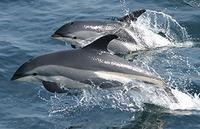|
| 질의: white dolphin | 결과: 50번째/174 | |
Atlantic White-sided Dolphin - Lagenorhynchus acutus

| 해상도: 300x193
파일크기: 36704 Bytes
등록시간: 2008:02:10 19:38:31
|
ERROR : Server Busy(-1105)
ERROR : Server Busy(-1105)
Atlantic White-sided Dolphin - Lagenorhynchus acutus
Marine Species Search Engine :: MarineBio.org
Atlantic White-sided Dolphin
Lagenorhynchus acutus
- Family
Delphinidae
|
^o^
동물그림창고 똑똑전화 누리집
^o^
|
|